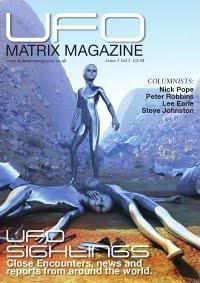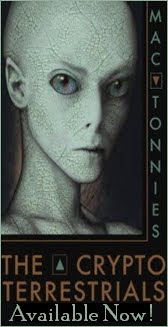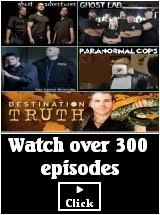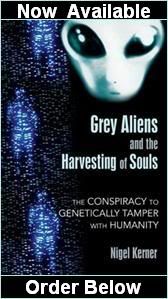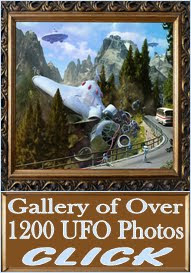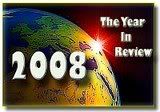Thursday, December 20, 2012
Another Potentially Habitable Planet Detected Around Nearby Star
A sun-like star in our solar system's backyard may host five planets, including one perhaps capable of supporting life as we know it, a new study reports.
Astronomers have detected five possible alien planets circling the star Tau Ceti, which is less than 12 light-years from Earth — a mere stone's throw in the cosmic scheme of things. One of the newfound worlds appears to orbit in Tau Ceti's habitable zone, a range of distances from a star where liquid water can exist on a planet's surface.
With a minimum mass just 4.3 times that of Earth, this potential planet would be the smallest yet found in the habitable zone of a sun-like star if it's confirmed, researchers said.
Read the whole story below at Space.com
Space.com
Read the whole story below at Space.com
Space.com
Thursday, November 8, 2012
SUPER-EARTH DISCOVERED IN STAR'S HABITABLE ZONE
This artist's impression shows HD40307g in the foreground, with its host star HD40307 and two other planets in the system. The depicted atmosphere and continents are not detected or constrained by this work
This artist's impression shows HD40307g in the foreground, with its host star HD40307 and two other planets in the system. The depicted atmosphere and continents are not detected or constrained by this work.The exoplanet is one of six believed to be orbiting a dwarf star 42 light-years from Earth.
The family of planets circling a relatively close dwarf star has grown to six, including a potential rocky world at least seven times more massive than Earth that is properly located for liquid water to exist on its surface, a condition believed to be necessary for life.
Scientists added three new planets to three discovered in 2008 orbiting an orange star called HD 40307, which is roughly three-quarters as massive as the sun and located about 42 light-years away in the constellation Pictor.
Of particular interest is the outermost planet, which is believed to fly around its parent star over 320 days, a distance that places it within HD 40307's so-called "habitable zone."
See entire story here below...
http://news.discovery.com/space/habitable-zone-exoplanet-super-earth-121107.html
Friday, October 5, 2012
Subscribe to:
Posts (Atom)





